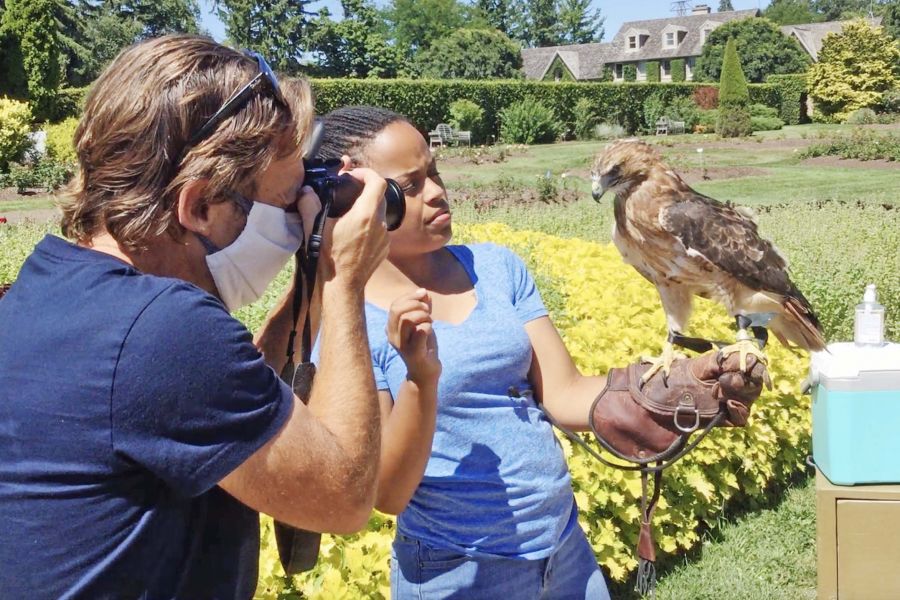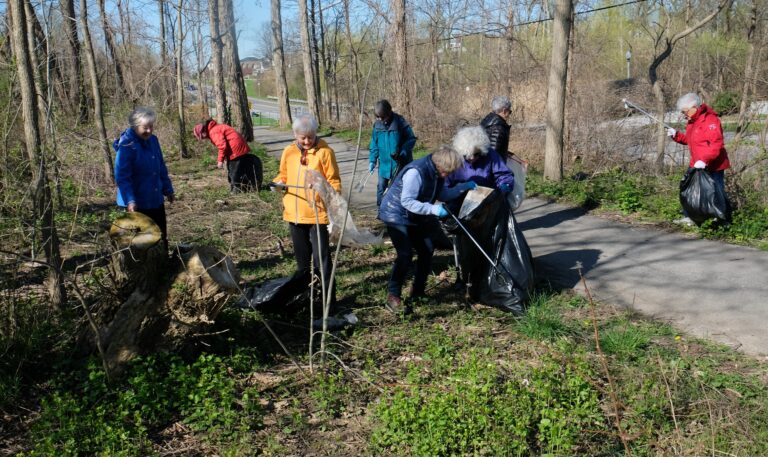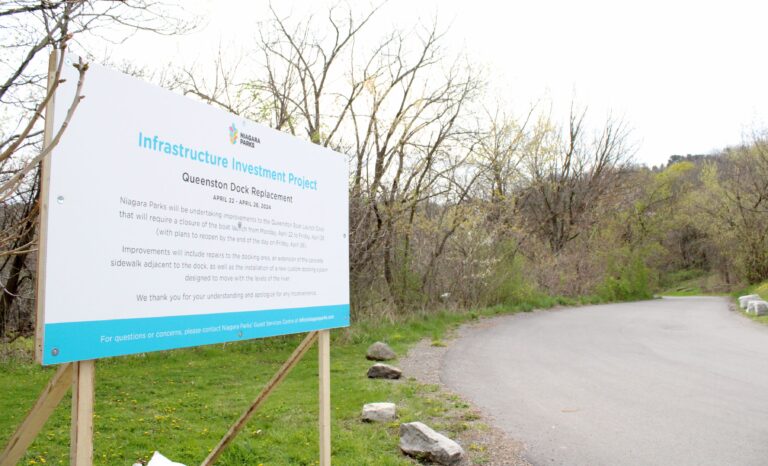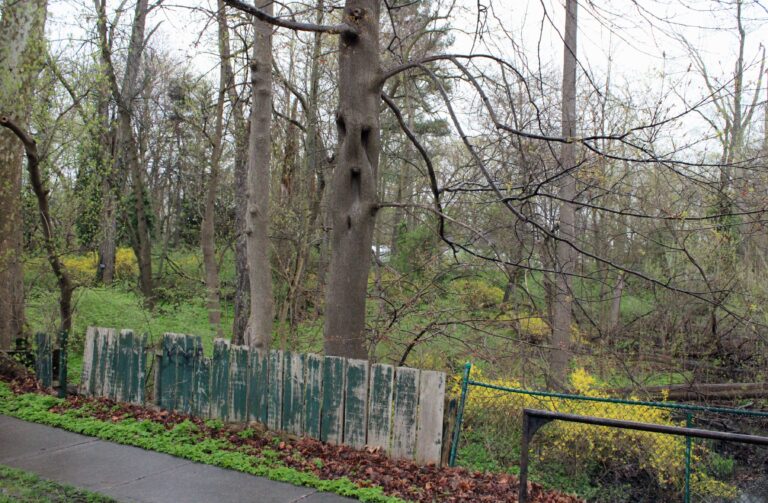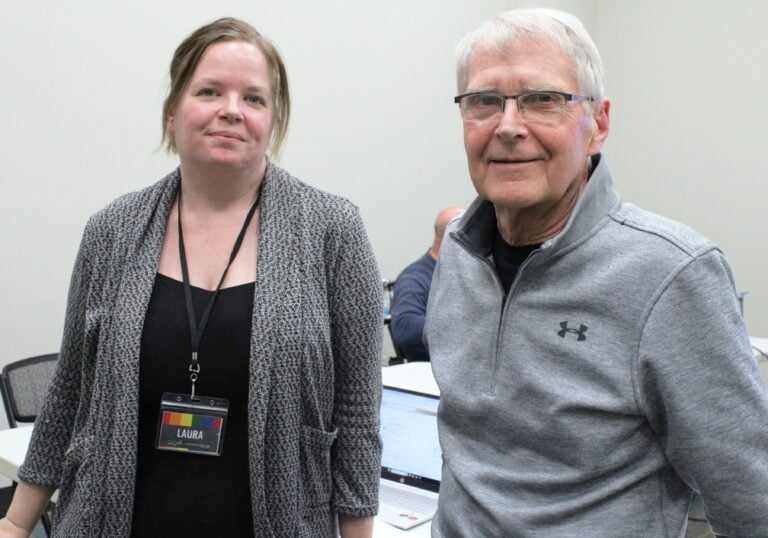Chatting with documentary director Mitch Azaria
Mitch Azaria had no idea Niagara-on-the-Lake was full of so much history until he started working on his latest TVO documentary.
The Toronto director, who has a long career in documentary filmmaking, said when he set out to document the Niagara River for "Tripping the Niagara," it naturally moved into a story about NOTL’s rich ties to the foundation of the country.
The film looks at the Niagara River from the viewpoint of a red-tailed hawk, with no music or narrative, just natural sounds and text.
NOTL's rich history and beauty is partly what inspired the movie to be done from the viewpoint of a hawk, he said during a chat with The Lake Report.
"There were so many places that were sort of interesting that weren't necessarily on the river itself, that we wanted to come off the river and we thought, 'Well, that's what a bird would do naturally is come off the river,' " Azaria said.
He said he was surprised to learn about NOTL — a place he frequents.
"I've been to Niagara-on-the-Lake so many times, I didn't really understand the true Niagara-on-the-Lake, its history. I didn't understand that it was once the capital of Upper Canada at such a critical point. I didn't realize its importance in the War of 1812, I didn't realize its architectural history," he said.
"I didn't even even understand its more recent history and the reason why it's such an important tourist destination. I didn't know any of that, and when I started learning about Niagara-on-the-Lake, I thought more people should know about this in a deeper way than they do."
When they did the scouting for the film last July during the pandemic, it was obvious Niagara-on-the-Lake would play a big role in the film, Azaria said. The documentary is three hours long, with most of it centred around NOTL.
As soon as they got to Front Street and headed up the Parkway by Fort George, "we started to think to ourselves like already, this is like a beautiful 20 minutes of the film right here and we haven't even got out of town."
"And then, of course, you know you get to Queenston Heights and you get to see the river and then you get the orchards, you get the vineyards and you just think, 'Well, there's more than enough here to fill our three-hour film,' but it was all anchored in Niagara-on-the-Lake."
It starts in Old Town and features bits of local history, with features on Kurtz Orchards, the Fort George national historic site and Two Sisters Winery while travelling up the Niagara River Parkway.
He noted Niagara-on-the-Lake residents played a big role in helping to get the documentary done, particularly Sarah Kaufman, curator of the NOTL Museum, and Tony Chisholm, president of Friends of Fort George.
Kaufman "was an unbelievable resource. She vetted all of our facts for us and gave us ideas and sent us old sketches and photographs, and layouts of the town from its origin," he said.
Chisholm was also a big help.
"Tony ended up becoming like this great resource who brought in people to help us out because we had to block streets and stuff when we were filming. We just sort of needed human beings to help and all these local folks came out," Azaria said.
"They were just really happy to help us and they were really interested, and every one of them had some kind of story to tell about Niagara-on-the-Lake. And that kind of gave us more stories to tell."
"I think there's like a real pride if you live in Niagara-on-the-Lake. There's like this real pride that you have, more so than most people have of where they live."
He said the municipality was also very helpful in allowing them to film.
"I think they understood that it wasn't like we were a fictional movie crew that we were just using the town as a backdrop, we were actually going to tell the story of Niagara-on-the-Lake, so they were on board immediately."
Some of trickier scenes in the film show animation of what NOTL might have looked like in the past, with seamless transitions that turn the streetscape back in time.
Azaria said those scenes took "months" to do, to the point where they wondered if it was worth it — he notes they could have just used a standard dissolve into a new scene — but he hopes at least some people see it and go "that is kind of cool."
"The animator animated so that you're not watching live action anymore you're actually watching animation, but you can't tell 'cause it's so seamless."
He said he doesn't have exact numbers of how many people have watched the film when it was broadcast, but said it was "more popular" than his previous TVO documentary on the Rideau Canal, which received about half a million views on its first airing. The Tripping the Niagara YouTube video also has more than 112,000 views so far.



